 | \This report was originally posted in Portuguese-BR at* Portal do Bitcoin (written by myself). Medium and small Bitcoin miners are at risk: “It is not profitable anymore”The constant increase in Bitcoin mining difficulty raises questions about the profitability of the business — I talked with some miners for insights regarding the activity Bitcoin (BTC) mining difficulty rose again last week for the third time in a row. Difficulty is now up 2.18% to 52.35 trillion hashes to mine a valid block. Data from the Cambridge University and the MacroMicro website show that, on average, costs for mining 1 BTC have been above its dollar value for ten months. Going back to August 2022, there were only a few one-off daily reliefs in the period. Average Bitcoin Mining Costs vs BTC Price | MacroMicro & Cambridge University Have the average Bitcoin miners been operating their businesses at a loss for nearly a year? I went to investigate that through Portal do Bitcoin, talking to experts in Brazil on the challenges of the activity to provide an overview of BTC mining. Four miners and mining educators in Brazil agree that high costs make it difficult for small producers to operate in the country. They explain that mining with specialized devices, ASICs, is expensive and often unfeasible. One of the interviewees — who prefers to remain anonymous — said that the state of this market for small businesses is critical:
Juliano Freitas, AKA “Caju”, who has a YouTube channel about cryptocurrency mining, partially agrees: “Today in Brazil, a large part of ASICS mining is done by miners who do not pay for energy. Whether for photovoltaic energy, credits, rural areas, communities, or other ways.” “In Brazil, you need free energy to mine with ASIC”, explains Caju. “Otherwise, it is impossible to be profitable. I have ASICs in Paraguay, in a hosting structure”. Caju estimates that the energy cost of the activity in Paraguay is around 50% of gross revenue. While the percentage could reach 92% in Brazil, considering the tariff of R$ 1.00/kWh. “That's not counting the lighting fee and other fees that come with the electricity bill,” he said. Fellow miner and educator Denny Torres explains that his goal with mining today is not building a professional business, but a buying strategy for long-term investment in BTC. From 2016 to 2018, Torres had mining as his main income, which allowed him to live off the activity.
These purchases are made indirectly — by paying for the necessary equipment, energy consumption, and other costs involved in the activity, to get more BTC in his personal wallet. Torres also has a YouTube channel on the topic with over 191,000 subscribers; and says that he uses a GPU structure, instead of specialized equipment (ASIC) for Bitcoin. Mining RIGs that use graphics cards (GPU) to calculate hashes. (Photo: Denny Torres) “A miner that uses GPU or CPU is like an Uber driver. And an ASIC miner is like a businessman who owns a fleet of buses,” he explained. As the educator is unable to have a “bus fleet”, he ends up directing his computational power to mine “shitcoins”, which he uses to exchange for BTC, as said. On the other hand, specialist, consultant and mining broker Allex Ferreira explained that the activity is not profitable for the small one, because the industry has changed a lot in the last five years. “Bitcoin mining is now a toy for adults,” he said. Allex says he has been in Bitcoin since 2011 and mined in China until 2017, but he started to dedicate himself to consulting and advisory, as mining is no longer profitable as it used to be for small businesses. Since 2018, new strategies applied by large miners are what keep the industry running. “With the possibility of choosing energy suppliers and negotiating prices, the activity has become more profitable and attractive to investors looking for new business opportunities”; wrote the professional in a post published on LinkedIn. The importance of Bitcoin mining difficulty The penultimate increase in mining difficulty occurred on May 31, up 3.4%, surpassing 50 trillion hashes for the first time in blockchain history. And, before that, an increase of 3.22% on May 18th. In block 794304, confirmed on the Bitcoin network on Wednesday (14), the difficulty observed was 52.35 trillion, breaking new records.
Mining through the proof-of-work (PoW) system was the method picked to secure the Bitcoin network and distribute new coin units to participants who dedicate work and resources to the activity. To guarantee a programmed distribution up to the maximum limit of 21 million — securing a controlled inflation of the BTC available supply in the market — the Bitcoin protocol uses algorithms that help to keep the creation of a new block (with the corresponding payment of its reward) every ~10 minutes (average). These algorithms work by adjusting mining difficulty. Evaluating the frequency of discovering new blocks over the last 2,015 blocks — about two weeks, assuming 10 minutes per block. If the last 2,015 blocks are being mined in an interval greater than the desired 10 minutes (average), the mining difficulty needs to decrease, making it easier to mine more blocks in a shorter amount of time. The reverse is also correct: increasing the mining difficulty if the last 2,015 blocks have been discovered, on average, in an interval of less than 10 minutes between each block. Which means that the more miners are competing with each other in discovering blocks, directing computational power to the network, the more the algorithm tends to make the activity more difficult, consequently reducing profitability for participants. This may discourage smaller miners like Denny Torres from directing their machines to the Bitcoin network and seek greater profitability on other networks. “Increased mining difficulty prevent ‘Uber drivers’ from being able to participate directly in the Bitcoin network,” agrees Denny, using his analogy between GPU miners and Uber drivers; and ASIC miners with bus fleet owners. This fact favours large mining farms, while concentrating hash power in a smaller group of larger miners. According to Juliano Caju, it could even impact decentralization.
In this way, the more difficult it is to mine Bitcoin, the more exclusive the activity becomes. Limited to corporations with greater purchasing power and maintenance capacity. Bitcoin mining revenue, costs, and profits According to MacroMicro’s data, at the time of writing, the average cost to produce a single bitcoin (1 BTC) is estimated to be around $30,693. The average is obtained by the University of Cambridge, by crossing data and global costs involved in the activity. Latest data on the average cost of Bitcoin mining | MacroMicro (observed on 6/14/2023) If placed against the market price for 1 BTC, the estimated average result of (-)$4,709 per Bitcoin mined is observed, if they were sold immediately after acquisition. For Caju, those who mine BTC today do so thinking about bull cycles, as they believe in a super valuation soon. Allex Ferreira, says that large mining farms hedge their positions through speculation in electricity futures contracts — some with contracts maturing in five years. This guarantees the profitability of the business, even when the price of BTC on the spot market drops. Allex insists that mining is not for the small anymore, and that Bitcoin’s spot price is no longer impacting big business as much. He also explains that the hash increase, which is constant, does not hurt industry giants, nor is it affected by price volatility.
Using the Miningpoolstats website, Denny Torres shows that the third-largest mining pool in the world — F2Pool — generates around 49.5 EH/s out of the network's total 300 EH/s. In the case of F2Pool, the cooperative charges a fee of 2% on its miners' revenue (which means more costs), equivalent to around US$ 65,000 per day, according to Torres, or 2.5 BTC/day in just fees for the company. Juliano Caju says that there is a need for constant updating of miners' equipment to maintain their competitive relevance and business profitability, as new, more efficient ASICs are launched from time to time.
This further increases the difficulty of mining in Brazil, as there are financial barriers to importing equipment into the country, according to Denny Torres.
About this, Alex Ferreira explains that today it is already possible to rent the machines with their producers, being able to pay up to about 1% per month, depending on the lease contract. Which enables the expansion of already well-established businesses that manage to negotiate these terms. This leasing process allows the execution of an import model called: “Temporary Admission”. Which, according to Alex, guarantees customs facilities. In temporary admission, the importer acquires the product that can only remain in the country during a predetermined period. Current network state and hashrate concentration The effects of increased mining difficulty, added to an activity with very high costs and constant need for maintenance, are visible in the Bitcoin network. While the big companies remain healthy and operational, regardless of the microeconomic scenario for the crypto asset. Within a week, it is possible to observe the dominance of the five largest Bitcoin mining pools, receiving 87.81% of all block rewards, dominating the profitability of the business and attracting more miners (or hash power) to their cooperatives. Bitcoin Decentralization Among Major Mining Pools | mempool.space (recorded on 6/14/2023) The two largest pools — Foundry USA and AntPool — alone discovered 56.9% of all new Bitcoin blocks in the last seven days. And this dominance has been increasing, as the mining difficulty also increases — since in longer time frames, their shares did not exceed 30% and 20%, respectively. Read more about that: "Why 99% of cryptocurrencies centralize over time (and how it might affect your investment)" — by Senatus Within two weeks we will know again if new Bitcoin mining difficulty records will be broken, or if current values can retreat, improving the profitability and results of miners – which contribute to the security of the cryptocurrency network with the highest market capitalization. \This report was originally posted in Portuguese-BR at* Portal do Bitcoin (written by myself). [link] [comments] |

You can get bonuses upto $100 FREE BONUS when you:
💰 Install these recommended apps:
💲 SocialGood - 100% Crypto Back on Everyday Shopping
💲 xPortal - The DeFi For The Next Billion
💲 CryptoTab Browser - Lightweight, fast, and ready to mine!
💰 Register on these recommended exchanges:
🟡 Binance🟡 Bitfinex🟡 Bitmart🟡 Bittrex🟡 Bitget
🟡 CoinEx🟡 Crypto.com🟡 Gate.io🟡 Huobi🟡 Kucoin.

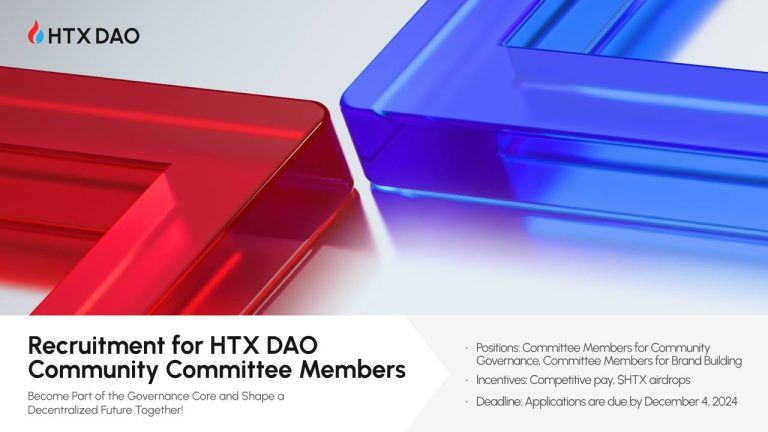
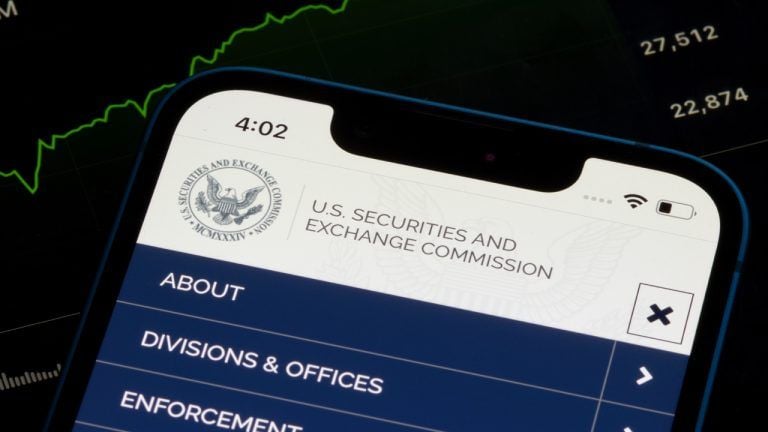
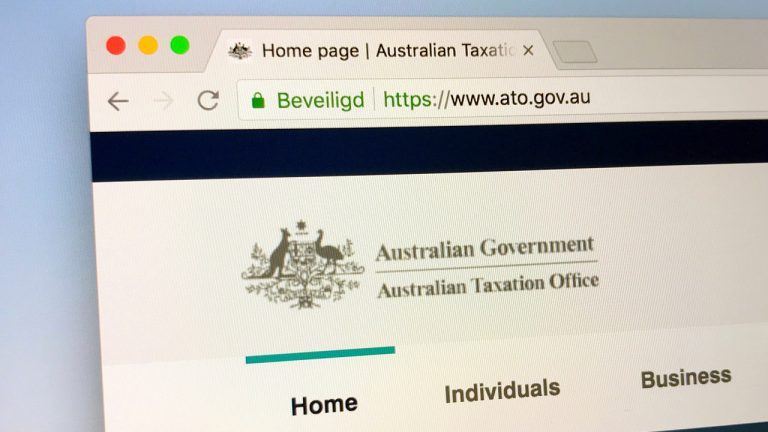
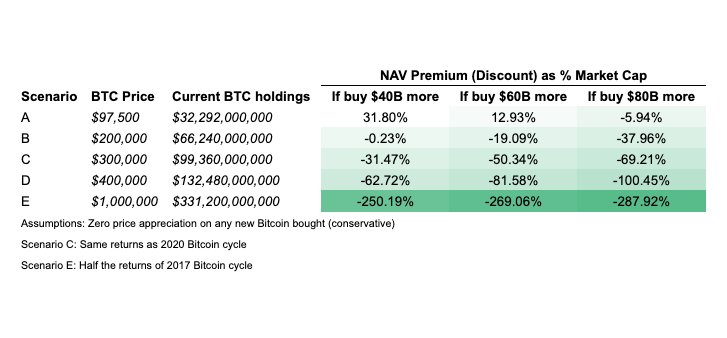
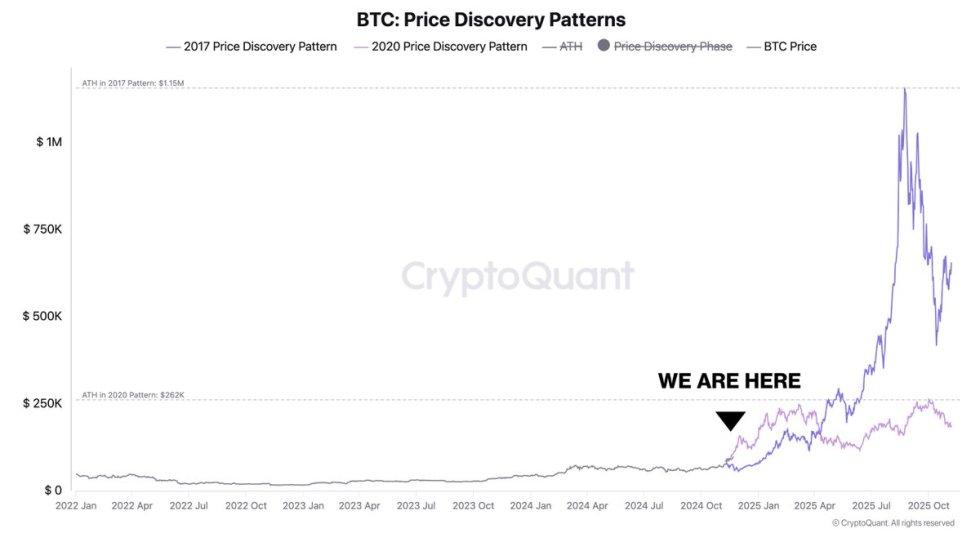
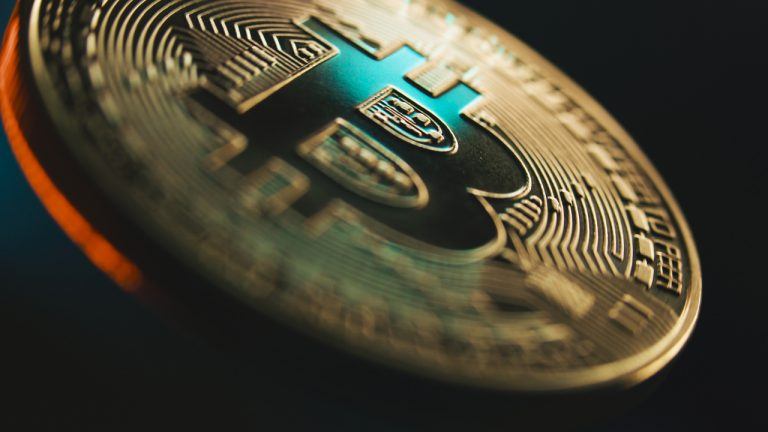


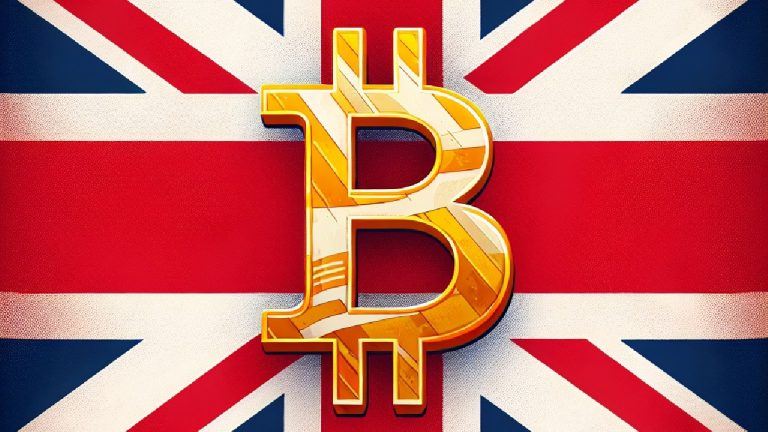
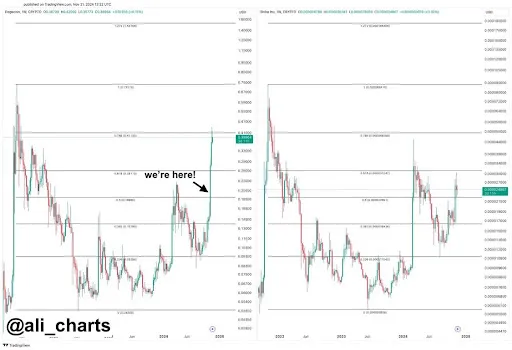


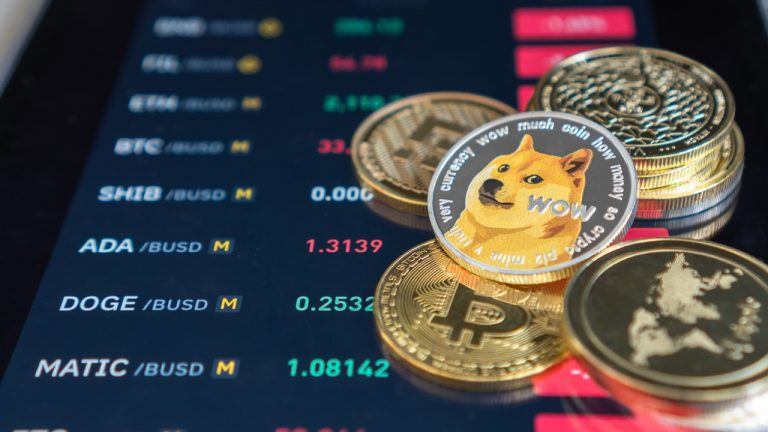
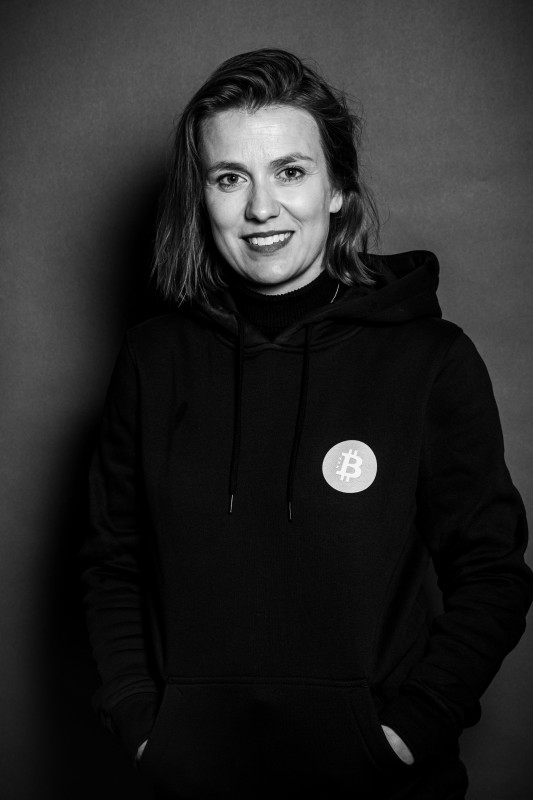
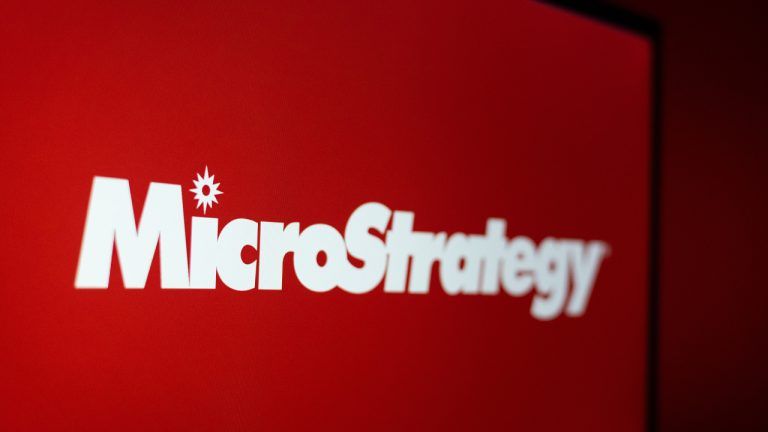

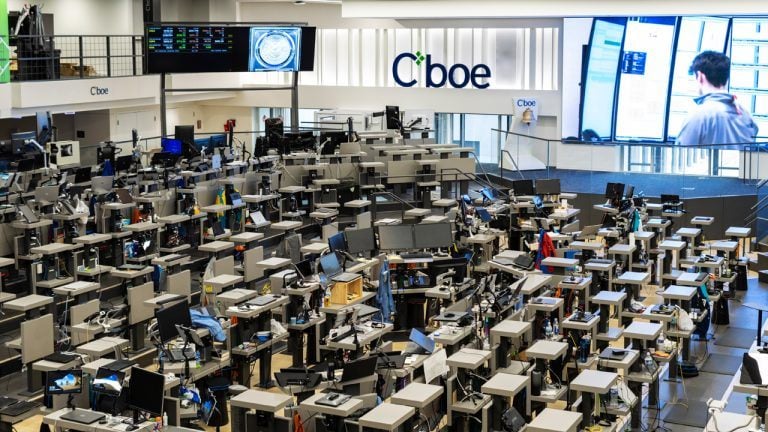

Comments